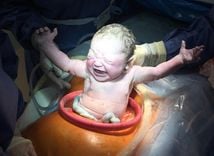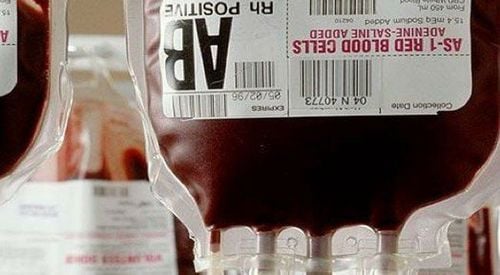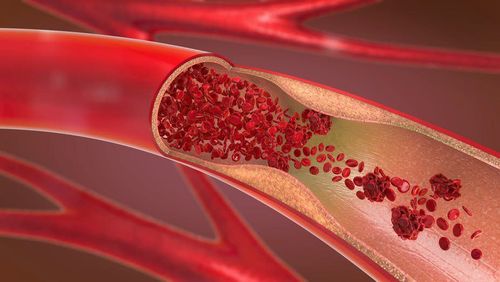Every blood type in the human body has distinct characteristics. The incorrect blood type transfusion might result in life-threatening complications or even death.
1. Learn about antigens and antibodies
Human blood is classified into several types depending on the particular antigens on red blood cells. Expert statistics show that more than thirty different blood group systems have been discovered to date. ABO and Rh(D) blood group systems are rather significant because of their immunogenicity.
Transfusions of blood of a different type can destroy and harm the recipient. Therefore, before performing a blood transfusion, it is necessary to classify the blood type, transfuse the appropriate blood according to the principles of immunology, and absolutely avoid transfusing blood with antigens corresponding to antibodies in the recipient.
An antigen is any substance that the immune system in the human body can produce in response to a certain agent. Usually, an antigen molecule comprises two components: One component is protein; it has a rather high molecular weight and is required for antibody synthesis. Comprising a lesser molecular weight, the other component—known as a hapten—can be either a glucid or a lipid. It is exclusive to antibodies and cannot generate antibodies.
Antibodies are important molecules produced by the body's immune system to help the body protect against foreign invaders such as viruses and bacteria. Antibodies against red blood cells are essentially immunoglobulins in plasma that belong to the IgG, IgM, or, less typically, IgA families
2. What will happen to the body if the wrong type of blood is given?
Experts warn that transfusing the recipient's body with the wrong blood type can be extremely dangerous. Acute hemolysis can occur in the recipient within 24 hours of receiving blood or can occur at the time of transfusion.
The patient is the one who will experience these symptoms most clearly; the body may experience symptoms such as heat at the transfusion site, fever, chills, and flank pain... Transfusion of the wrong blood type will cause reactions related to endothelial hemolysis. The recipient's antibodies will destroy the donor's red blood cells right in the blood vessels. This can result in simultaneous reactions, leading to shock and the patient's rapid death.
Complications due to the transfusion of different blood types (whether whole or partial) can cause acute or delayed reactions, even causing transfusion-related death. Therefore, before transfusing blood, it is necessary to ensure adherence to the principles and strictly follow the blood transfusion instructions. Patients experiencing complications from transfusions of different blood types require prompt treatment to maintain hemodynamics and acid-base balance, stimulate diuresis, and administer drugs to treat symptoms.
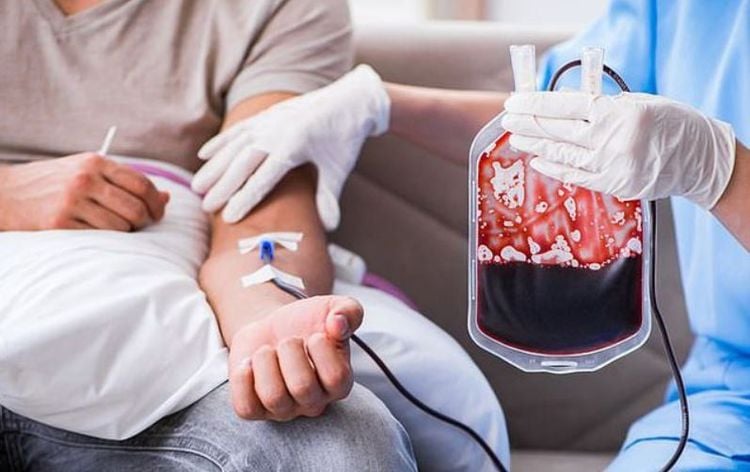
3. Important blood groups in blood transfusion
In humans, there are 4 main blood groups: A, B, AB, and O. This division is based on the antigens present on the surface of red blood cells. Specifically: People with blood group A will have antigen A on the surface of red blood cells and antibody B in the plasma; people with blood group B will have antigen B on the surface of red blood cells and antibody A in the plasma; people with blood group AB will have antigens A and B on the surface of red blood cells and no antibodies A and B in the plasma. People with blood group O will not have antigens A and B on the surface of red blood cells but will have both antibodies A and B in the plasma. A and B are natural antibodies present in the serum.
The Rh blood group system has 3 main antigens: antigen C (Rh'), antigen D (Rh0), and antigen E (Rh''). However, only antigen D has strong antigenic properties and is highly immunogenic. Therefore, we call it Rh+ only when antigen D is present.
The antigen for the Rh blood group is highly hereditary. Anti-Rh antibodies are only found in people with the Rh- blood group after being immunized by red blood cells with the D antigen (Rh+). Therefore, if a patient has an Rh- blood group and has never received Rh+ blood, the first Rh+ blood transfusion will not cause an anaphylactic reaction. However, if a patient with a different Rh+ blood group transfuses to a Rh- group patient within 2-4 months, the Rh- recipient's blood will reach its maximum concentration of anti-Rh+ antibodies, potentially leading to severe shock.
The following blood groups are compatible for transfusion:
Blood Group A.
People with blood group A can transfuse blood to people with blood group A or blood group AB, and people with blood group A can also receive blood from people with blood group A or O.
Blood group B
People with blood group B can transfuse blood to people with blood group B or AB, and vice versa; people with blood group B can receive blood from donors with blood group B or O.
Blood group (AB)
People with blood group AB, considered a rare blood group, can receive blood transfusions from other blood groups, but they can only give blood to people with blood group AB.
Blood group O
All other blood groups can transfuse blood group O, which is quite common and contains no antigens. However, people with blood group O can only receive blood from donors with the same blood group because the A and B antibodies in their plasma will attack other types, causing complications.
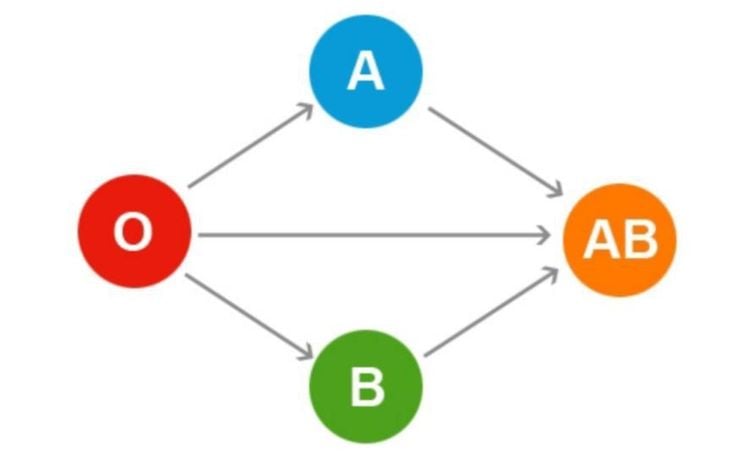
4. Safe blood transfusion
To avoid complications when transfusing blood from different groups, it is necessary to strictly follow the principles of blood transfusion. We must transfuse blood from the same group with compatible antigens and antibodies. The doctor must test to determine whether there is an Rh (+) or Rh (-) factor before transfusing blood from people with blood group A to people who have the same blood type.
Additionally, once the doctor has determined the patient's blood group, they must perform cross-reactions by combining the donor's red blood cells with the recipient's serum and vice versa. The recipient can only receive the blood transfusion if there is no agglutination of red blood cells.
In the case of needing to transfuse blood from different groups, it is necessary to follow the minimum rule of not allowing the donor's red blood cells to agglutinate in the recipient's blood. This can result in the recipient dying quickly. Adhere to the following principles when transfusing blood from different groups: You can transfuse Group O to three groups: A, B, and AB. You can transfuse blood types A and B to blood type AB, but you cannot transfuse blood type AB to blood types O, A, or B. You can transfuse only about 250 ml of blood at a very slow rate. We can transfuse either Rh+ or Rh- blood if the patient requires a transfusion with the Rh+ factor. However, we must transfuse Rh- blood if the patient requires a blood transfusion with Rh- factor.
At Vinmec International General Hospital, we are currently using a fully automatic blood typing machine, Wadiana, from Spain, which allows us to perform the ABO/Rh (D) blood typing technique on an automatic machine.
Determining blood typing with this automatic machine allows us to minimize possible errors compared to manual methods. In addition, with a team of highly qualified doctors and technicians performing a strict, rigorous, disciplined, and regulated testing process, we help ensure absolute accuracy.
Please dial HOTLINE for more information or register for an appointment HERE. Download the MyVinmec app to make appointments faster and to manage your bookings easily.



